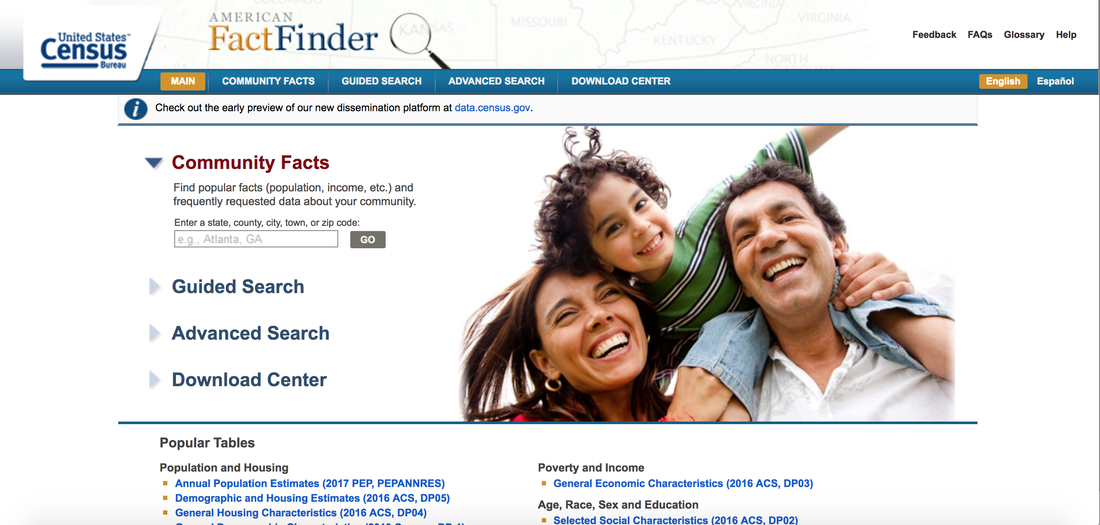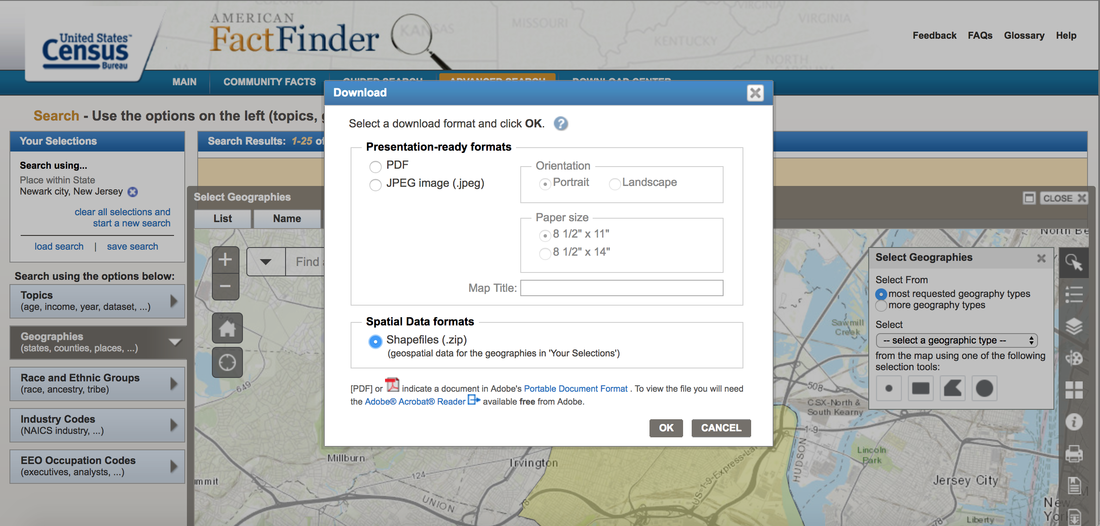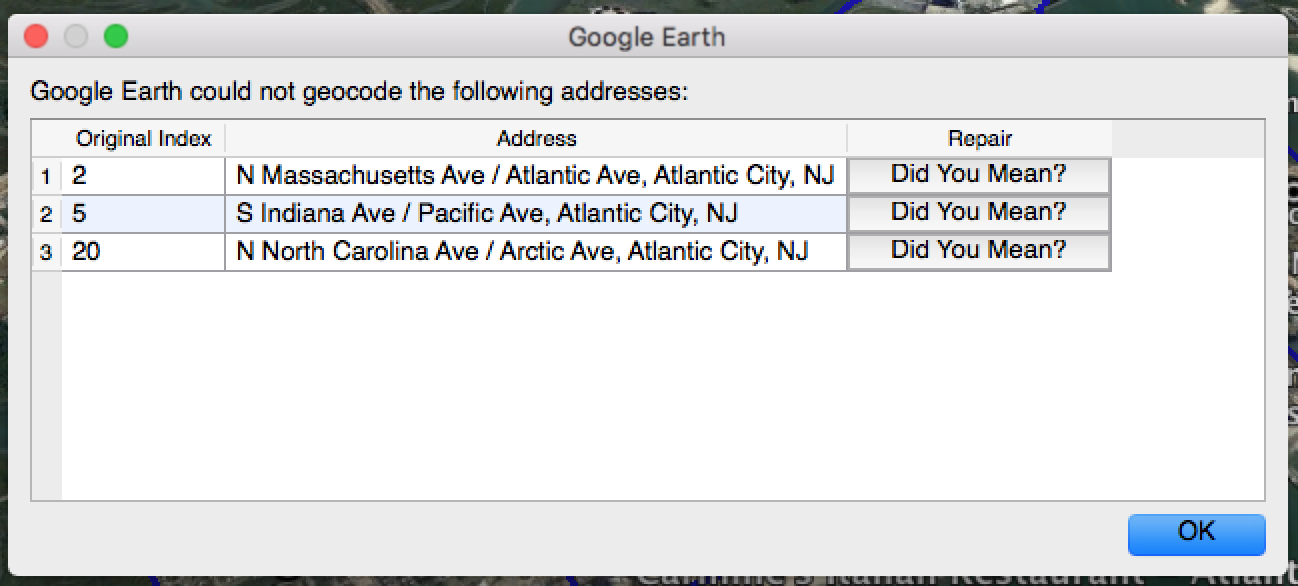|
How do police know it’s what they did that made the difference? This is a great question, and frequently asked by crime analysts learning about Risk Terrain Modeling (RTM). One way to determine the impact of law enforcement and policing actions at high-risk places is to decide on the response strategy in advance of implementation, intentionally focusing policing actions on one (or more) of the risk factors. Specifically state this intent from the get-go. The factors that could be focused on will be identified by the risk terrain model. Then compare new risk terrain models to the older ones. For example, if "convenience stores" were a top risk factor for motor vehicle thefts, a risk reduction strategy might be to increase patrols around convenience stores located in high-risk areas; to put sign-in sheets in the stores for officers to engage more with the managers while showing a police presence; or to display informational posters on store windows reminding customers: "Turn off car. Take keys. Lock doors. Prevent theft." There are more and probably better examples than this. But hopefully you get the idea. Then, after deploying that risk reduction strategy for a period of time (e.g., 1 month), run a new risk terrain model and compare the Relative Risk Value (RRV) of the before-and-after results for the targeted risk factor. If the factor that you intentionally focused on has a lower RRV after the intervention compared to what it had before your intervention activities, then you may have had an effect. If crime also went down during the intervention time period, then you may have prevented crimes by mitigating the risk factor. Both of these things -- risk reduction and crime prevention -- could be credited to the police activities. If the risk factor (e.g., convenience stores) was present in the risk terrain model before the intervention and wasn't present in the model after the intervention, then that could mean you completely mitigated the risk factor's spatial influence based on your actions. It's no longer a crime attractor/generator. Now you can deal with any new crime dynamics that exist, which you know well based on the newly updated risk terrain model that serves as your next month's forecast and intel for risk reduction strategies and deployments. Develop Spatial Risk Narratives. A risk narrative is a spoken or written account of how events, such as crimes, relate to other phenomena in the jurisdiction. Crime events occur within spatial and situational contexts. So, assessing the crime risk narrative is an endeavor for police and other stakeholders to think spatially about criminal events and behaviors.
In Atlantic City, NJ, risk narratives were formed from the results of Risk Terrain Modeling (RTM): police and other stakeholders believed shootings to be connected to drug sales and related turf conflicts whereby ‘convenience stores’ are the places where drug buyers are solicited; Nearby ‘laundromats’ are locations where drug transactions are made; ‘vacant buildings’ located nearby are used by drug dealers as stash houses for drugs and weapons, or by drug buyers to use drugs after purchase. These three environmental features were top risk factors identified by RTM. [Atlantic City is discussed in the forthcoming book "Risk-Based Policing: Evidence-Based Crime Prevention with Big Data and Spatial Analytics" (2018, Univ. of CA Press) and was spotlighted on the National Geographic Channel in 2017.] When community stakeholders used the data driven evidence to surmise that drugs, prostitution, retail businesses, and vacant properties are related in this way to shootings, they were more likely to agree with police that certain places will probably experience shooting incidents in the future. This led to conversations about how to effectively target and remediate the problems in these locations. That is, to disrupt the narrative. Policing interventions reduced shooting events by focusing preemptively on the risky places. Areas around laundromats received directed police patrols; police officer ‘meet-and-greets’ with convenience store managers were implemented at frequent intervals each day; and the city’s Planning and Development department prioritized remediation of vacant properties and installations of new LED street lights (to replace dimmer halogen lamps) at the highest risk places. Risk narratives aid police in articulating crime problems in diverse ways, beyond those entailed in established paradigms, practices, or procedures. Risk narratives support reasoning with hypotheses, whereby preconceived notions about a crime problem and its relationships to space and time are tested and addressed accordingly. Risk terrain modeling informs and advances risk narratives. Risk narratives enable effective risk governance led by police and supported by other city officials. Crime is dynamic, and a function of the interaction of people at places. You may already know where crimes are happening in your city. RTM helps to identify why these places are chronic problems. You bring meaning and context to the analytical results via risk narratives. This allows policing operations to be enhanced, not replaced, by technology. From Risk Terrain Modeling and risk narratives about spatial and situational contexts of crime, strategies for police are developed that focus on risk reduction in order to prevent crimes.  According to the Theory of Risky Places (TRP), risk levels of crime could and should be computed at places according to the interaction effects of known locational features. Risky places are particular portions of space that have been assessed for their likelihood of experiencing crimes and to which a relative risk score has been attributed. According to the TRP, risky places are a product of the combined effects of vulnerabilities and exposures to crime. Vulnerability comes from the presence of a combination of spatial influences of features of a landscape that enhance the likelihood of crime. This is articulated through Risk Terrain Modeling (RTM). Exposures refer to the historical facts and collective memories people have about places and the events that occurred there, such as knowledge about crime hot spots. A vulnerability-exposure analytical framework considers the integration of RTM and measures of exposures to crime, such as kernel density estimated hot spots. This provides a basis for analyzing the system processes of spatial influence whereby crimes emerge, persist or disappear. The combined effects of vulnerability and exposure lead to the identification of risky places. For more on this, see Chapter 5 in "Risk Terrain Modeling: Crime Prediction and Risk Reduction" by Caplan & Kennedy (2016; Univ. of CA Press).
1. The Study Area boundary shapefile
Risk terrain modeling can be applied to any geographic extent (i.e. local, regional, global; urban, suburban, rural; land, sea). Obtain a projected polygon shapefile to spatially define this geography. (e.g., the municipality of Springfield). Essentially, shapefiles are your reference layers for orienting and analyzing all other data. Most study area shapefiles are free and readily accessible online. This blog post shows how you can easily get study area shapefiles for anywhere in the United States from the U.S. Census Bureau. 2. Topic/Analysis issue data Risk Terrain Modeling can be used to analyze almost any topic. The topic data represents the problem or issue that you will analyze (e.g., incident locations of robberies, traffic crashes, or drug overdoses). Obtain datasets for a topic of your choice. Use data that is representative of the entire study area and that contains location information. The data file must be in the format of a shapefile (.shp), KML/KMZ file, or comma delineated (.csv) file with XY coordinates. This blog post hows how to easily geocode your own data tables into KML/KMZ files. 3. Risk factor data These data represent environmental features of the study area, such as grocery stores, gas stations, or schools. A list of "Risk Factor Suggestions" can be found here. Use data that is representative of the entire study area. All datasets of factors that may spatially connect to the topic/analysis issue should be compiled and inputted for testing with RTM. Do a basic review of published reports and consult professional practitioner experiences to identify possible risk factors and then obtain related datasets. For each risk factor, the data file must be in the format of a shapefile (.shp), KML/KMZ file, or comma delineated (.csv) file with XY coordinates. This blog post shows how to easily get risk factors directly from Google Earth. The RTMDx software accepts data in three formats:
RTMDx can filter your data by date, time or other attribute values. So, consider including variables in your datasets that will enable you to delve deeper into analyzing spatial risks based on subsets of these data. For example, a burglary dataset may have a variable distinguishing "residential", "commercial" and "motor vehicle" burglaries. Traffic crash datasets may note "pedestrian" incidents or "DWI/DUI" incidents. Robbery incidents that occur at certain "times" of the day or "date" ranges could be analyzed separately from all other incidents. Prepare your data to make it as useful as possible for analyzing in meaningful ways. Downloading geographic boundary shapefiles from the U.S. Census Bureau is straightforward. Here's how to do it for any location in the United States. This is also a simple way to get "study area" shapefiles for Risk Terrain Modeling (RTM). 1. Open American FactFinder (http://factfinder.census.gov) 2. Click on "Advanced Search" (menu options at the top of the screen) 3. Search for a geography in the "state, county, or place" text box (E.g. Newark city, New Jersey) 4. Click on "Geographies" tab on the left side of the webpage, then click on the "Maps" tab
Video Tutorial for Downloading Boundary ShapefilesRisk Terrain Modeling (RTM) requires geo-referenced data that are often contained in tables, like spreadsheets or CSV (comma delimited) files. Geocoding is the process of transforming these data tables with descriptions of locations, such as addresses or XY coordinates, to locations on the Earth's surface. Common formats of outputs from the geocoding process are shapefiles (.shp) and KML/KMZ map files that can be viewed in a GIS (Geographic Information System), such as QGIS, or used for spatial risk analysis, such as with the RTMDx software. There are many batch geocoding services on the internet; some are free and others charge fees. Here we present a readily accessible and free geocoding option. You can easily geocode your data tables, export the feature points as KMZ files, and then use them for Risk Terrain Modeling. Check this out (7 steps): 1. Open Google Earth Pro on your computer. It's free to download. 2. Click "File" from the menu at the top of the screen, then "Import..." 3. In the dialog box that appears next, select a CSV (comma delimited text) file to import and then click the "Open" button. This will be your data that has addresses or XY coordinates as one of the attributes. Note: Your data should contain street address, city, and state as their own columns. If you have XY coordinates, they should be in two separate columns. 4. Follow the on-screen instructions in the "Data Import Wizard". Click the "Next" button to proceed through the steps. Be sure to set the "Street field", "City field", and "State field" accordingly. 5. After you click the "Finish" button in the Data Import Wizard (previous step), you may see a notification that the batch geocoding is in progress. Let it work. If addresses could not be geocoded, a dialog box will appear allowing you to review and repair the addresses. 6. When geocoding is complete, you'll be asked if you want to "apply a style template to the features you ingested?" This lets you adjust symbology, colors, etc. It's optional, and up to you. For this example, I clicked "No". 7. Now you should see a points on the screen and a map layer appear in the table of contents under "Temporary Places". That's your map with geocoded data. You can zoom in/out, etc. You can right-click on the map layer and select "Save Place As..." to export a KMZ file. Now you have the map on your computer that you can share or upload to the RTMDx software to use for Risk Terrain Modeling. You may also want to try geocoding in QGIS, a free and open source Geographic Information System. Here's how: www.gislounge.com/how-to-geocode-addresses-using-qgis
|
|
|
The official website of Risk Terrain Modeling (RTM) research and resources, based out of Rutgers, The State University of New Jersey.
|



















 RSS Feed
RSS Feed